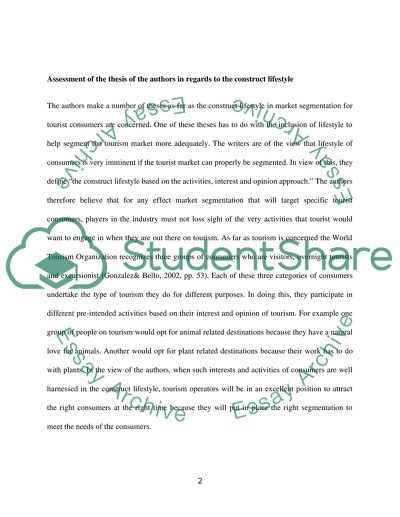Cite this document
(“The construct lifestyle in market segmentation Essay”, n.d.)
The construct lifestyle in market segmentation Essay. Retrieved from https://studentshare.org/marketing/1431991-the-construct-lifestyle-in-market-segmentation
The construct lifestyle in market segmentation Essay. Retrieved from https://studentshare.org/marketing/1431991-the-construct-lifestyle-in-market-segmentation
(The Construct Lifestyle in Market Segmentation Essay)
The Construct Lifestyle in Market Segmentation Essay. https://studentshare.org/marketing/1431991-the-construct-lifestyle-in-market-segmentation.
The Construct Lifestyle in Market Segmentation Essay. https://studentshare.org/marketing/1431991-the-construct-lifestyle-in-market-segmentation.
“The Construct Lifestyle in Market Segmentation Essay”, n.d. https://studentshare.org/marketing/1431991-the-construct-lifestyle-in-market-segmentation.


